Here is our historical guide by garden historian Twigs Way on the life and work of British architect Sir Edwin Lutyens, including the best sites to visit to see his homes and gardens.
Why is Sir Edwin Lutyens famous?
Lauuded by Historic England as “one of the greatest architects the country has ever produced”, Edwin Landseer Lutyens (1869–1944) produced some of the most iconic country houses of the 20th century. Working for clients who spanned the worlds of banking, commerce and manufacturing, he reflected an era that took the best from the past and adapted it to the needs of modern life.
Who built Castle Drogo?
Combining architectural innovation with a love of local materials influenced by the Arts and Crafts movement, Lutyens’ buildings often reference the landscape in which they are set. He famously used chalk for the gleaming white Marsh Court in Hampshire (completed in 1905), and granite for Castle Drogo in Devon (1930) – a rugged design that recalls the tors of Dartmoor, which sprawls southwards from the castle. Tigbourne Court in Surrey (completed in 1901) is a stunning example of the use of local Bargate stone, which was also combined with local oak timbers at Munstead Wood in Surrey (1897). Traditional, vernacular styles also inspired him: a 16th-century timber barn was incorporated into the reimagined and rebuilt manor house of Great Dixter (1912) in East Sussex, to create what architectural writer Christopher Hussey described as “a perfect architectural sonnet, compounded of brick and tile and timber forms”.
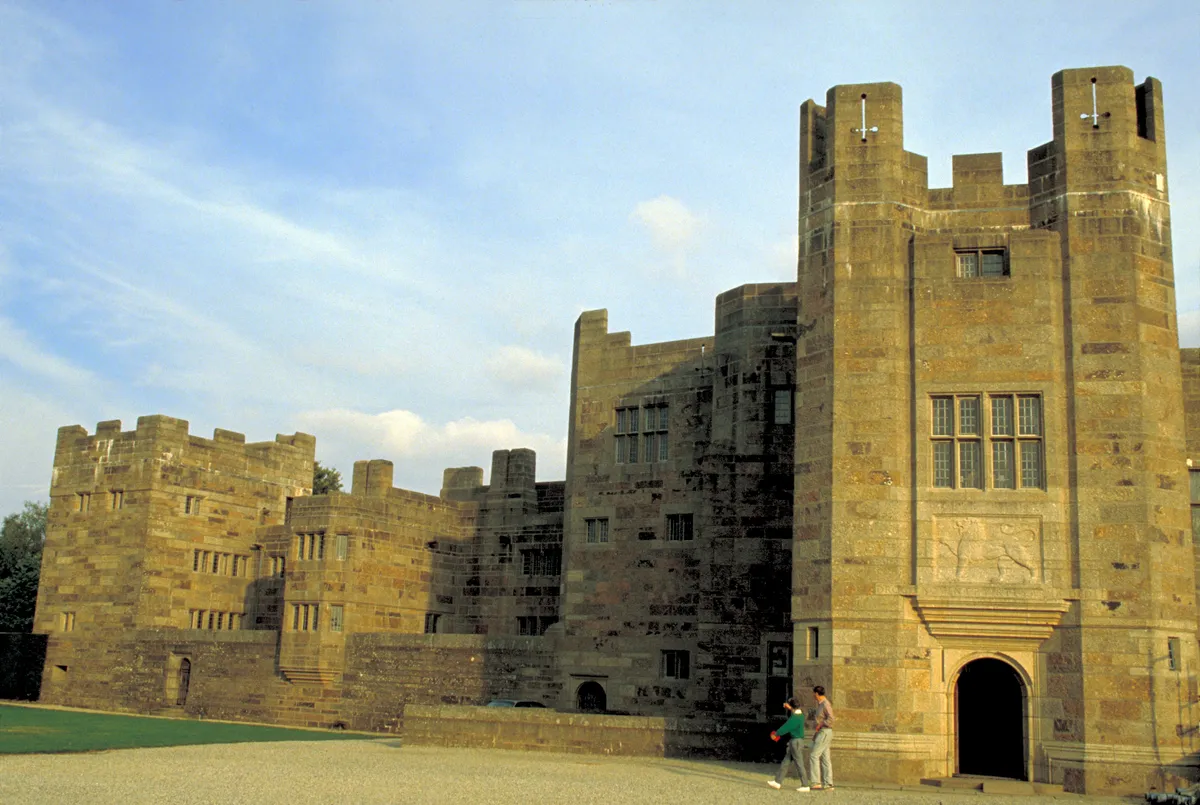
Brick and tile appear again at Deanery Garden in Hampshire, for Edward Hudson, founder of the influential Country Life magazine. Hudson promoted Lutyens’ work through the pages of the new periodical and commissioned him at Deanery Garden in Berkshire (1901), Lindisfarne Castle in Northumberland (1914) and Plumpton Place in Sussex (1934), as well as the classical offices of Country Life in London’s Tavistock Street.
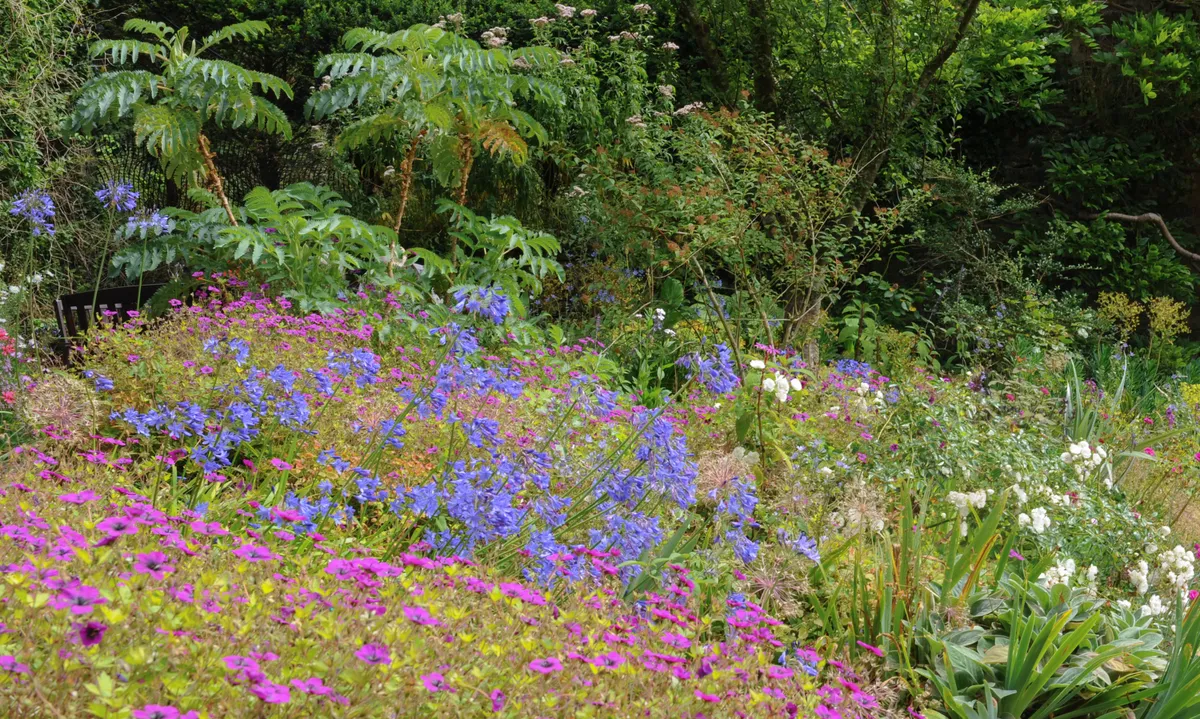
What is Lutyens culture?
Experimenting with styles later led Lutyens to his inspired work in New Delhi – his biggest and most prestigious project – combining traditional Indian and classical western architecture for a series of monumental structures, including the large-scale Rashtrapati Bhavan, now the official residence of the President of India.
It’s a long way from New Delhi to the leafy gardens of England, but here Lutyens’ reputation also lingers. Over a collaboration beginning in 1896, his friendship with the garden designer Gertrude Jekyll produced a harmonic blend of architecture and gardens. Folly Farm in Berkshire (1912) represents the partnership at its best: garden rooms boasted yew hedge ‘walls’ and herringbone brick paths, a Sunken Pool Garden was surrounded by lavender and roses, and semicircular steps
gave access to flower parterres planted with Jekyll’s eye for colour harmonies. Other hallmark features of their partnership include formal rills (water channels), formal ponds or ‘tanks’ filled with water lilies, pergolas, and tiles placed on edge to form pavement features, seen at sites such as Jekyll’s own home Munstead Wood (1897), Goddards in Surrey (1900) and Hestercombe in Somerset (1906).
The life of Edwin Lutyens
Despite a love of the country vernacular, Lutyens himself lived and worked in London, first in Bloomsbury Square and then later at Mansfield Street. As his career blossomed, he became a popular social figure at dinner parties, known for his puns and unorthodoxy. His contemporary Sir Osbert Sitwell recorded that: “One had never seen before, and will never see again, anyone who resembled this singular and delightful man. An expression of mischievous benevolence was his distinguishing mark.”
Family history of Edwin Lutyens
Edwin Lutyens was the 10th child of Captain Charles Lutyens, soldier and painter, and his wife Mary, from Killarney. Born in London, he had rheumatic fever as a child and spent much time being educated at home with his sisters, later reflecting that “Any talent I may have was due to a long illness as a boy, which afforded me time to think”.
In 1897, he married Emily Lytton, daughter of a Viceroy of India. It was a difficult relationship emotionally but they had five children. Lutyens died on New Year’s Day 1944 of a bronchial sarcoma, surrounded by family.
Perhaps it was his unorthodoxy that led Lutyens to take on the design of Queen Mary’s Dolls’ House in 1921, now billed as “the most famous and beautiful dolls’ house in the world”. Including contributions from over 1,500 artists and craftsmen of the early 20th century, as well as a small garden by Gertrude Jekyll, it represented in miniature the best arts and crafts of the era and is now on show at Windsor Castle.
During the First World War, Lutyens was appointed to the Imperial War Graves Commission, designing the Stones of Remembrance for cemeteries as well as the huge Memorial to the Missing of the Somme at Thiepval and the twin cenotaphs at Étaples. In 1919, he designed the Whitehall Cenotaph that remains the focus of national remembrance; other memorials followed, including those at Dublin and Manchester.
In his obituary of Lutyens, HS Goodhart-Rendel recalled that “He was a magician, a spellbinder, and few of us have not been in thrall to him”, while the architectural historian Gavin Stamp described Lutyens as “the greatest British architect of the 20th (or of any other) century”. Certainly the houses and gardens that he created still hold us spellbound today.
Best Lutyens houses and gardens to visit
Country houses
1
Great Dixter, Northam, East Sussex
Melding the existing house and an early 16th-century timber house brought from nine miles away, Great Dixter was a collaboration between Lutyens and his client Nathaniel Lloyd. Completed in 1912, it was immediately the subject of a Country Life article. Lutyens’ garden design incorporated existing farm buildings, turning a chicken house into a loggia. Open Tuesday to Sunday until 27 October, £13.20. greatdixter.co.uk
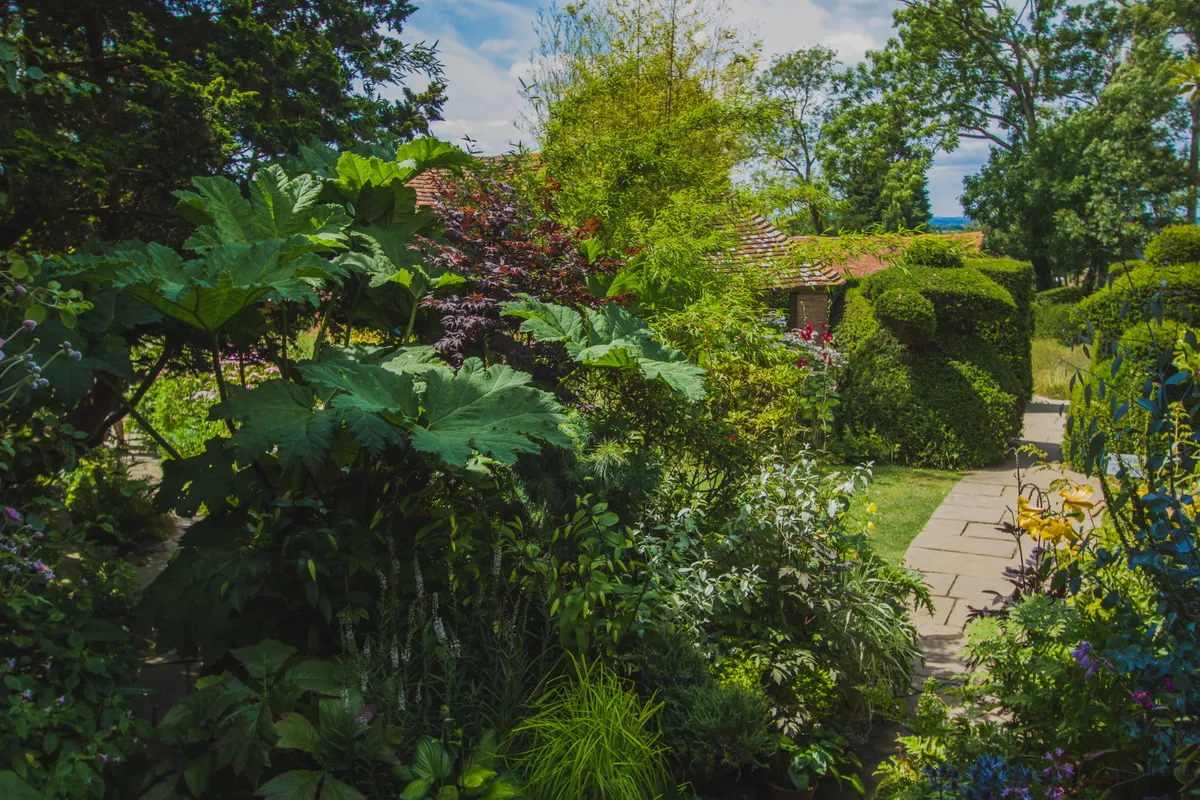
2
Castle Drogo, Drewsteignton, Exeter, Devon
An astounding 20th-century granite castle (below) perched on a ridge overlooking the Teign Gorge. Lutyens’ client Julius Drewe chose the site and the style in the belief the area was owned by a medieval ancestor. Construction spanned 1911–1930 and includes turrets and crypt gardens, also designed by Lutyens. Currently undergoing renovation to make the castle watertight, many of the interior rooms are still open, including the drawing room, dining room and butler’s pantry. Open daily, £12.20. nationaltrust.org.uk/castle-drogo
3
Barham Court,Barham, Kent
In 1911, at the height of his career, Lutyens renovated the original 15th- and 18th-century house, providing a new entrance and adding steeply roofed pavilions, a 40ft ballroom, plus exterior terraces and gardens. It’s now listed on Airbnb; guests can stroll the formal gardens and admire Lutyens’ work, or attend the music and garden events. airbnb.co.uk/rooms/7780144
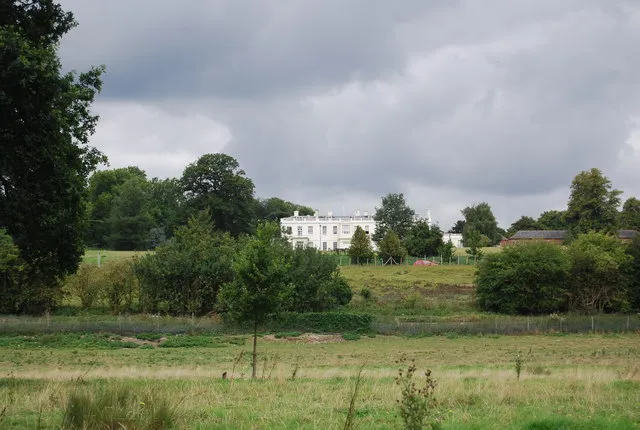
4
Lindisfarne,Holy Island, Northumberland
Purchased in 1901 by Edward Hudson, editor of Country Life, Lindisfarne was, in Lutyens’ own words, already “a real castle”, which for all its romance needed renovation to make it a suitable retreat for Hudson. Jekyll created a small walled garden with wind and salt-resistant plants on the site of the old garrison garden – voted BBC Countryfile Magazine Garden of the Year 2019. Open daily, £9. nationaltrust.org.uk/lindisfarne-castle
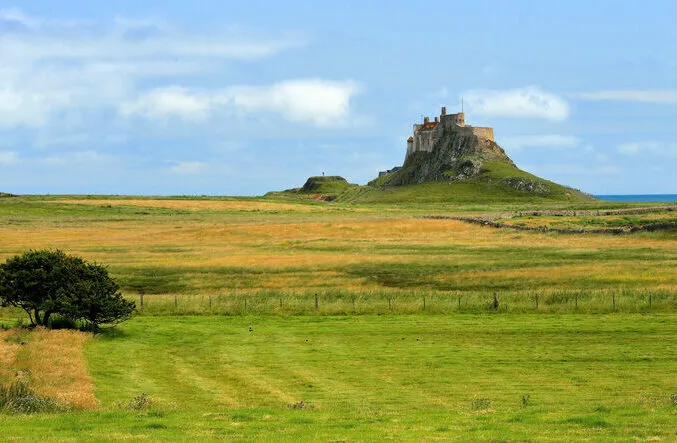
5
The Salutation, Sandwich, Kent
The versatile Lutyens also designed Georgian-style buildings and considered Salutation House, completed in 1912, to be one of his finest. It’s now a luxury boutique hotel set within 1.5 hectares of gardens designed as a series of rooms to complement the house. The plant-driven design incorporates an eclectic mix of heirloom, rare and drought-tolerant species. The gardens are open to guests and visitors. the-salutation.com
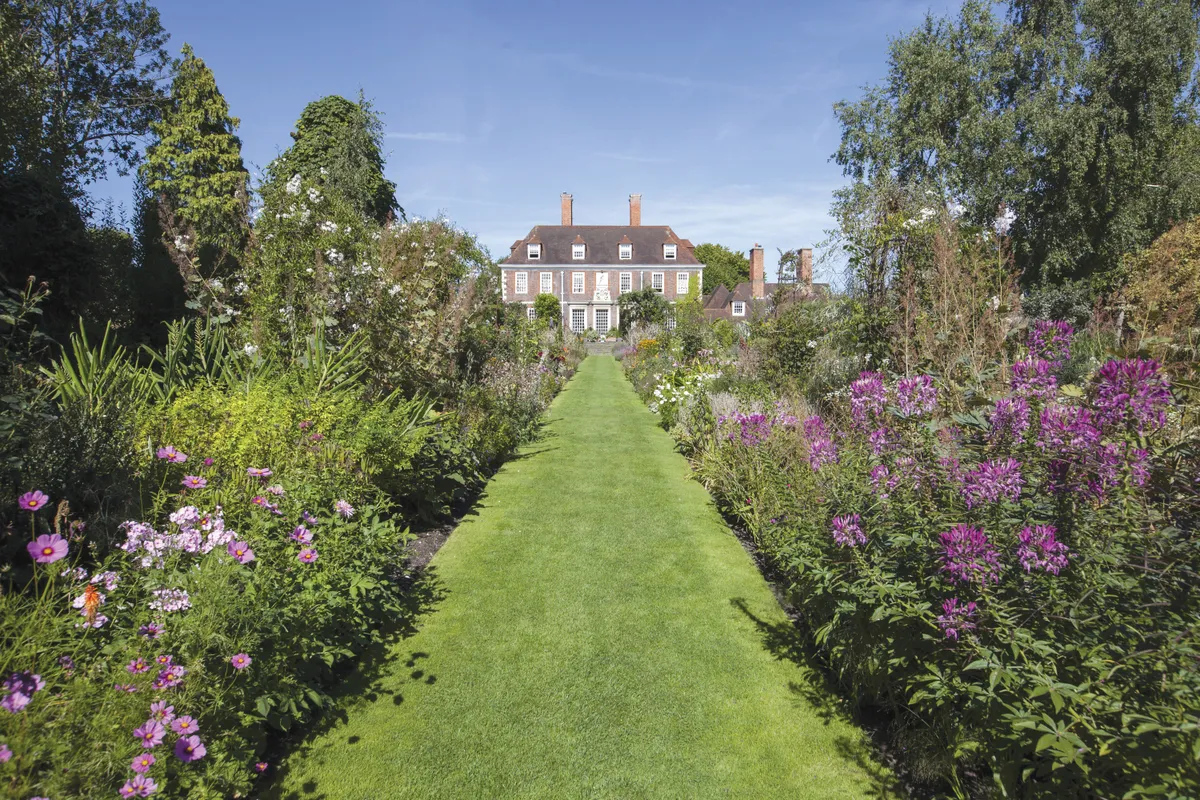
6
Goddards Abinger Common, Surrey
Designed by Lutyens in 1898–1900 as a “Home of Rest to which ladies of small means might repair for holiday”, it was further extended and adapted as a private residence in 1910–11. In traditional Surrey style, the house is complemented by a garden, laid out in collaboration with Gertrude Jekyll. Lutyens also designed the war memorial in the village. Visits by appointment on Wednesday afternoons until the last week in October; pre-booking essential, £4. landmarktrust.org.uk/news-and-events/visiting-landmarks/visiting-goddards/
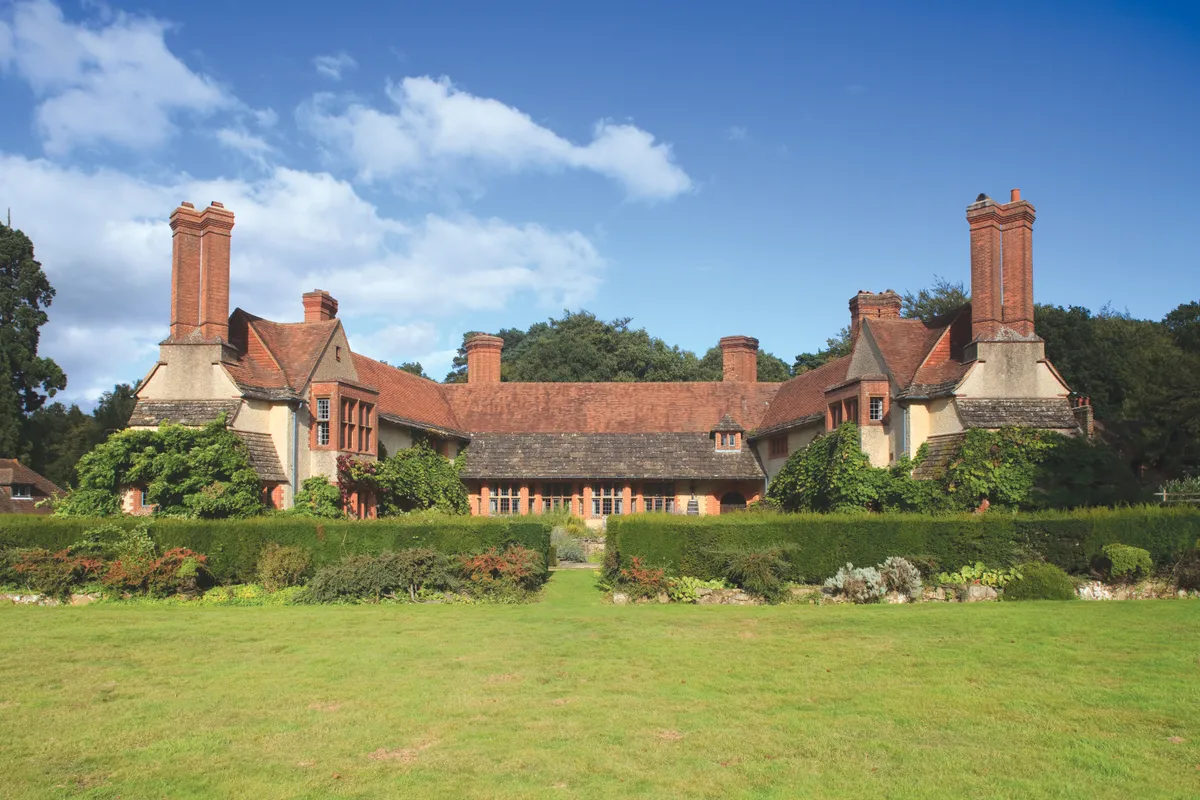
7
Greywalls,Muirfield, East Lothian
Described by Sir Lawrence Weaver in his book Houses and Gardens by Sir Edwin Lutyens as “a small, albeit dignified, holiday home”, this elegant Arts-and-Crafts-style house dates from 1901. Now a hotel with quiet charm and grace, the walled gardens – with secluded seating areas and countryside vistas – echo the style of Gertrude Jekyll. It’s only 30 minutes’ drive from Edinburgh; visit for lunch or afternoon tea and explore the gardens afterwards. greywalls.co.uk
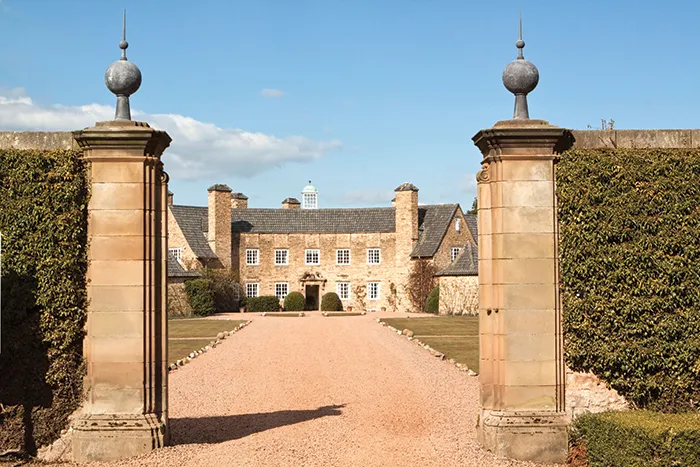
Country gardens
8
Hestercombe Gardens, Taunton, Somerset
The extensive 20 hectares of gardens at Hestercombe span the Georgian to the Edwardian period. The great formal garden with its sunken plat, rills, framing pergola, Dutch Garden and fragrant Rose Garden were designed by Edwin Lutyens, with Gertrude Jekyll providing the colourful planting layout. Open daily, £12.50. hestercombe.com
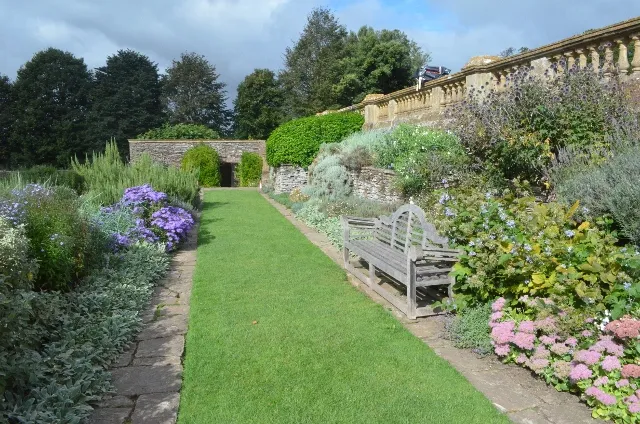
9
Mothecombe House, Holbeton, Plymouth
At the mouth of the Erme River, this beautiful Queen Anne house (not open) has Lutyens additions and terraces, with walled pleasure gardens, borders and a Lutyens courtyard. There’s an orchard with spring bulbs, unusual shrubs and a path leading to the sea. Opens for the National Garden Scheme (NGS) in May; put it on your 2020 calendar. ngs.org.uk/find-a-garden/garden/1242/
10
Great Maytham Hall, Rolvenden, Tenterden, Kent
Lutyens rebuilt the house and designed the south-facing gardens in 1909. There are seven hectares, including parkland, a rose garden with wonderful views, terrace, fish pond and kitchen garden. The red-brick walled garden inspired Frances Hodgson Burnett’s classic children’s story The Secret Garden (1909). The gardens open for the National Garden Scheme on 26 June and
31 July, £6. 01580 241346, ngs.org.uk/find-a-garden/garden/12264/
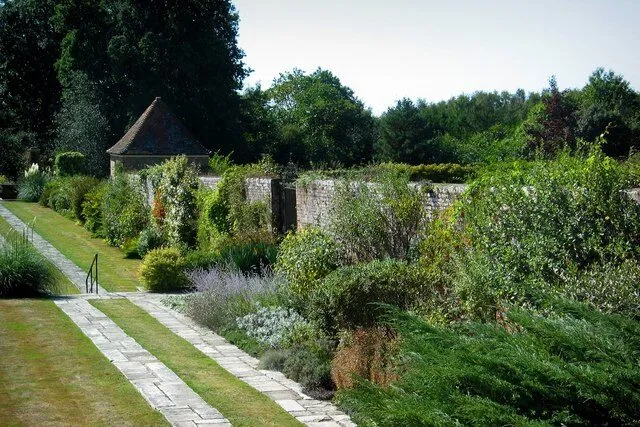
11
Munstead Wood, Heath Lane, Godalming, Surrey
The Grade-I-listed home of Gertrude Jekyll (not open to the public) was designed by Lutyens, built from local materials and completed in 1897. Laid out by Gertrude Jekyll before the house was built, the gardens incorporate a main flower border, Spring Garden, Nut Walk, a woodland with azaleas and rhododendrons, plus paved areas and a lily tank by Lutyens. Open by appointment only, Monday to Friday (excluding bank holidays) until 30 September, £10. munsteadwood.org.uk
12
Whalton Manor, Whalton, Morpeth, Northumberland
Altered by Lutyens in 1908, this 17th-century manor house is surrounded by 1.2 hectares of magnificent walled gardens designed by Lutyens with the help of Gertrude Jekyll. With inspirational planting and magnificent architectural structures, it boasts a Lutyens-designed, Italianate summerhouse, pergolas and vast stone-paved courtyard. Open by appointment (£7, 01670 775205) or for the National Garden Scheme on 7 July (£5, 2pm to 5pm). whaltonmanor.co.uk